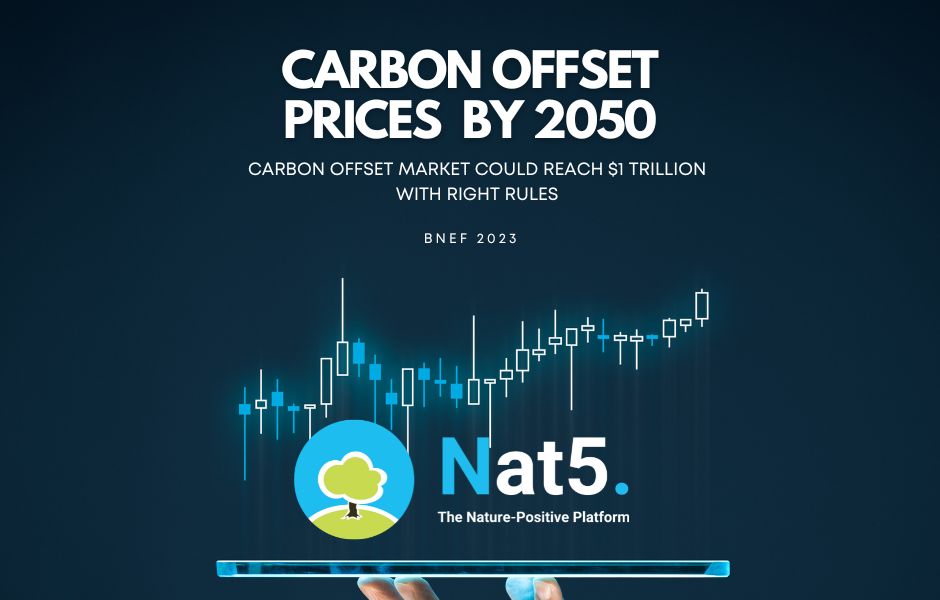According to BNEF (BloombergNEF), carbon offset prices could see a more moderate increase, to an average of $47 per tonne in 2050, if efforts to improve the quality of carbon credits are not sufficient. Persistent issues include double-counting and schemes which do not actually generate additional carbon reduction or prevention benefits.
Voluntary market scenario: In this scenario (companies could purchase any type of carbon offset), demand for offsetting is led by corporations – primarily high-emitting and hard-to abate sectors such as heavy industrials and aviation – rather than nations. Supply, BNEF is predicting, would be four times greater than demand in 2030, with many other corporates reluctant to invest in offsetting.
Removal scenario: However, if the market is restricted to just credible removal-based offsets, there will not be enough supply to keep up with surging demand, as corporates strive to meet net-zero targets. This will cause near-term price hikes, with prices that remain high in the coming decades. In short, credits that are worth more in emissions removal and sequestration will also bear higher costs. In this scenario, prices could reach $224 per tonne by 2029 before falling to $120 per tonne in 2050. Credits from avoided deforestation or clean energy projects would be eliminated. In this scenario, the market would be briefly undersupplied starting in 2037 because the technology to remove carbon, direct air capture (DAC), remains costly to be built at major scale.
BNEF is accounting, in this scenario, for the possibility that technologies such as direct air capture may mature and be widely adopted. Nonetheless, it does not believe that supply will be able to meet more than 90% of demand in this scenario.
The bifurcation scenario: BNEF’s report also puts forward a “hybrid” scenario, based on some of the ideas floated during discussions of Article 6 of the Paris Agreement at COP26 in Glasgow. In this scenario, the market is shifted to permit only removal-based offsets for corporations in the coming years. Then, in time, the market shifts so that countries rather than companies are the primary users. In this scenario, prices would reach $48 per tonne in 2030 and dramatically increase to a maximum of $217 per tonne in the 2030s, before gradually falling to $99 in 2050.
About BloombergNEF
BloombergNEF (BNEF) is a strategic research provider covering global commodity markets and the disruptive technologies driving the transition to a low-carbon economy.



 by
by
Comments are closed